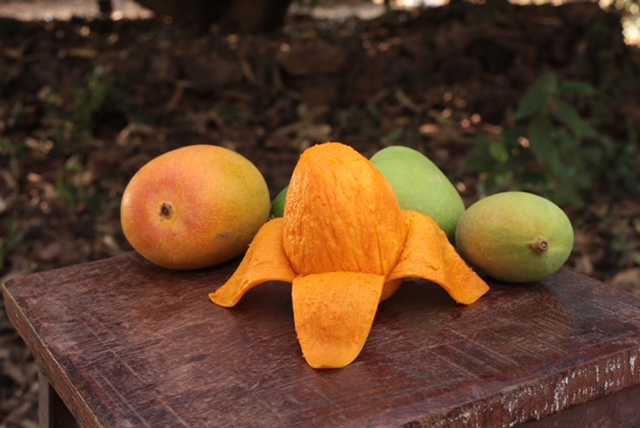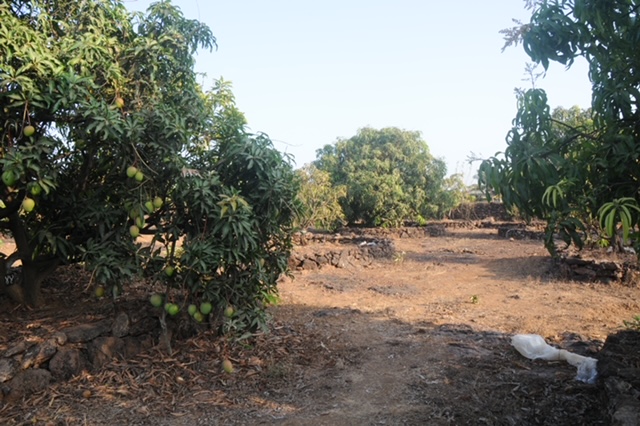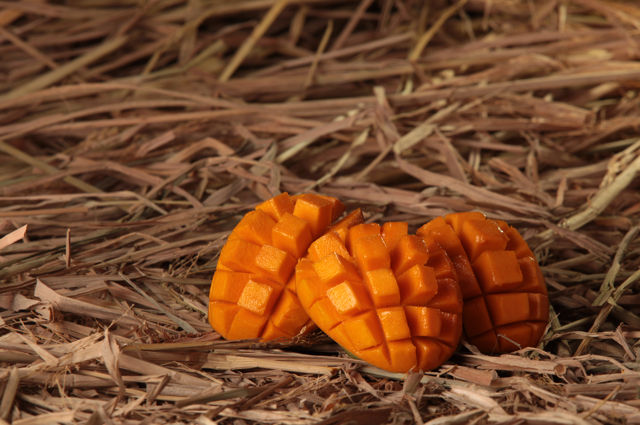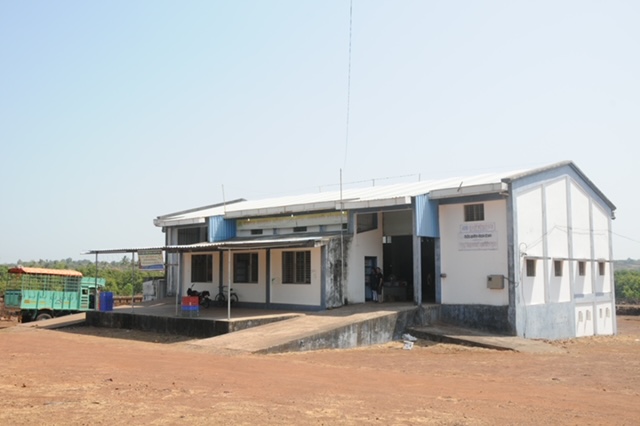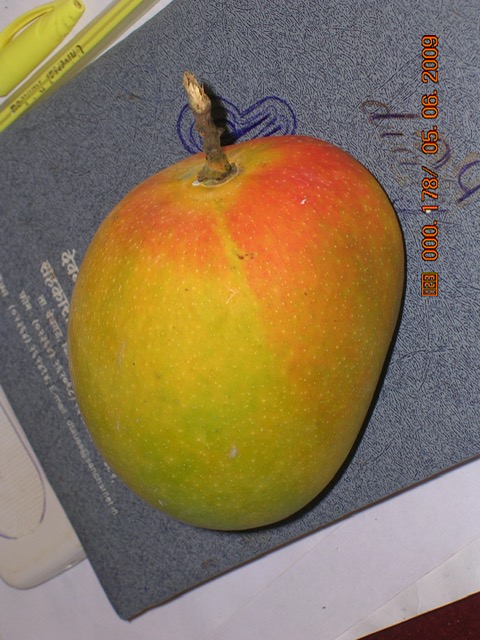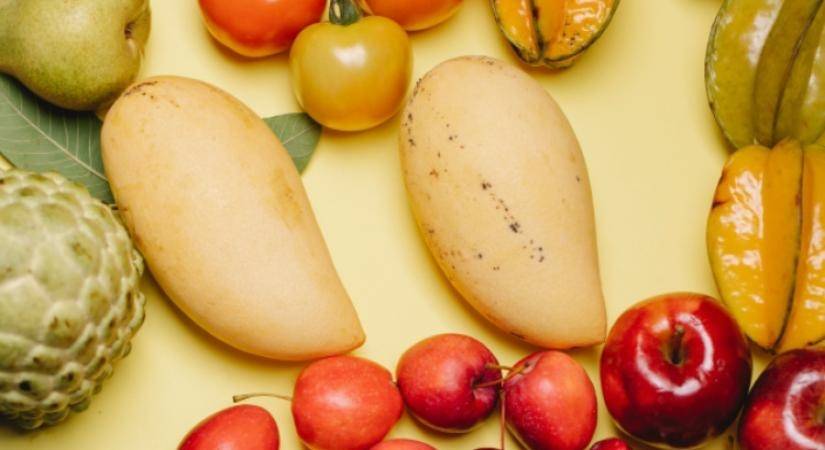Mangoes are not just a fruit, but they are an integral part of Indian culture and cuisine. From desserts to pickles, mangoes have been used in various forms to create a plethora of mouth-watering dishes…writes Lothungbeni Humtsoe
Mango is known as the “King of fruit” in India and is one of the most loved fruits in the country. India is the largest producer and exporter of mangoes in the world, and the fruit is an essential part of Indian culture and cuisine. With over 1000 varieties of mangoes grown in India, it’s no surprise that each state has its unique variety of mango. Also, mangoes are not just a delicious summer fruit, but also a source of various health benefits.
They are rich in vitamins, minerals, and antioxidants, making them an excellent addition to a healthy diet. In India, there are several varieties of mangoes, each with its own unique taste, texture, and aroma. Deepak Tewari, VP, of Sourcing of Otipy shares below the list of some of the most popular varieties of mangoes sourced from different parts of India and their medicinal properties
Safeda/Badami/Bainganpalli: Sourced from Andhra Pradesh, Telangana, and Kerala. This variety of mangoes has a sweet, juicy, and fiberless pulp. Interestingly, this type of mango is among the first varieties to hit the market. The fruit has a thin skin and is usually medium-sized. It is perfect for making mango desserts, juices, and shakes. Its health benefits are equally impressive: it’s loaded with vitamin C, a potent antioxidant that bolsters immunity and promotes collagen production, and vitamin A, which supports healthy vision and skin. Additionally, this mango variety is a rich source of potassium, a vital mineral that regulates blood pressure and fosters heart health.

Mango Kesar: Sourced from parts of Gujarat and Maharashtra. It is categorized as a premium mango due to its price. This variety is distinguished by its heavenly aroma, which is easily recognizable due to its green skin with a hint of red on the shoulders and saffron-colored flesh. In India, Kesar is well-known for its use in making a delicious glass of ‘aam-ras.’ Additionally, Kesar is often referred to as the ‘queen of mangoes. This is one of the most popular varieties of mangoes, known for its rich, sweet flavor and aroma. The fruit is small to medium in size and has a yellow-orange skin. It is used to make various mango desserts, ice creams, and shakes. Aside from its delicious taste, Kesar mangoes also offer a host of health benefits. They are a good source of dietary fiber, which promotes healthy digestion and helps regulate blood sugar levels.
Mango Dasheri: Sourced from parts of Malihabad & other parts of UP: Among the various types of mangoes in India, Dasheri is highly sought-after and is often utilized in the preparation of mango desserts and juices. This variety is known for its fiber-free flesh that exudes an alluring fragrance and delightful taste. The semi-thick, smooth, and leathery skin of the Dasheri mango has a yellowish-green hue. Additionally, this variety is rich in vitamins and minerals such as vitamin C, vitamin A, vitamin E, iron, and calcium. In terms of medicinal properties, this variety contains potassium that promotes heart health and regulates blood pressure. Moreover, mangoes have anti-inflammatory properties that can reduce the risk of chronic diseases like diabetes, cancer, and heart disease.
Mango Langda: Sourced from UP & Bihar, also called Malda in Bengal: Langra is available in the market from July to August. Its strong aroma stands out from all varieties of mangoes. Also, this variety has green-coloured skin even after ripening. The color and aroma make it easier to distinguish from all other varieties. It has a sweet, juicy, and fiberless pulp, making it perfect for mango desserts, shakes, and pickles. Langda mangoes are a rich source of vitamins and minerals. The high fiber content in Langda mangoes helps promote digestion and prevent constipation. They also contain antioxidants that help boost the immune system and protect the body against cell damage.
Mango Chausa: Sourced from parts of western UP: Chausa, a particular type of mango, has a rich history that dates back several centuries. It was introduced during the 16th century by Sher Shah Suri. This variety of mango has vibrant yellow skin with a delightful aroma and is well-known for its soft and pulpy texture, making it an excellent choice for making juices. The fruit is medium-sized and has greenish-yellow skin, and is used to prepare various mango-based dishes such as desserts, chutneys, and pickles. In terms of nutritional value, Chausa mangoes are an excellent source of vitamin C, which is essential for maintaining a healthy immune system and promoting collagen production.
Mango Alphonso: Sourced from Devgarh-Maharashtra and Ratnagiri: The Alphonso mango is widely considered to be the most majestic among all fruit varieties. Surprisingly, it is also one of the most expensive mangoes sold in India. Alphonso mangoes are small and spherical, making them easily distinguishable from other varieties. They have a yellow color with a hint of red. This particular variety is a popular choice for making ice cream, puddings, and yogurts. Due to its smaller seed, Alphonso yields a higher quantity of pulp compared to other mango types. Additionally, Alphonso mangoes are rich in vitamins A and C, which are essential for maintaining healthy eyesight and skin, as well as boosting the immune system.
Mango Sindhuri: Sourced from Andhra Pradesh and parts of Kerala: Sindhuri mangoes are famous for their sweet and juicy flesh, which has a distinct fragrance and flavor. They are usually available during the months of May and June. They are an excellent source of vitamin C, which helps boost the immune system and promotes the production of collagen. Additionally, Sindhuri mangoes contain enzymes that aid in digestion and regulate bowel movements. They are also believed to help regulate blood sugar levels due to their low glycemic index. Moreover, Sindhuri mangoes have anti-inflammatory properties that can help reduce inflammation in the body, which is a leading cause of chronic diseases like arthritis, heart disease, and cancer.

Mango Totapuri: Sour in taste, long in shape, sourced from Chittoor, Andhra Pradesh: This variety of mangoes is not sweet, but rather sour in taste. It is long in shape and has green-yellow skin. It is used to make mango pickles and chutneys. Also, the high fiber content in Totapuri mangoes may also help regulate digestion and promote gut health.
Mangoes are not just a fruit, but they are an integral part of Indian culture and cuisine. From desserts to pickles, mangoes have been used in various forms to create a plethora of mouth-watering dishes. These mangoes have their own distinct flavors and textures, but they all offer significant health benefits. From boosting the immune system to promoting heart health, mangoes have proven to be a versatile and valuable addition to any diet. So the next time you enjoy a juicy slice of mango, remember that you’re not only indulging in a tasty treat but also nourishing your body with essential nutrients.
ALSO READ-Recipe: Granny’s masala fried chicken

